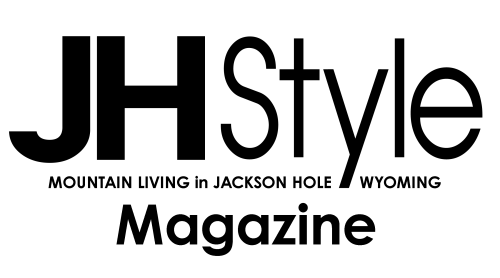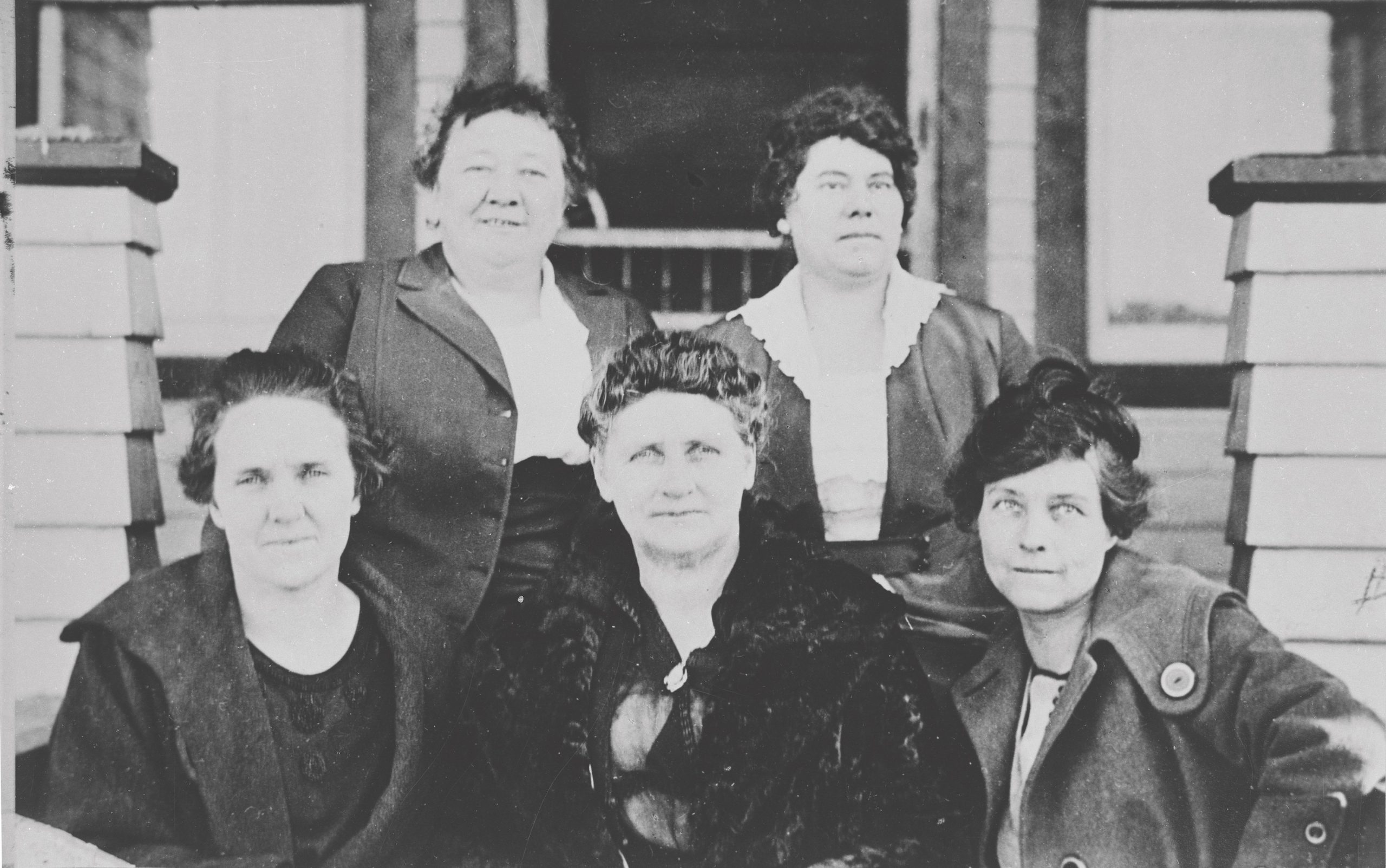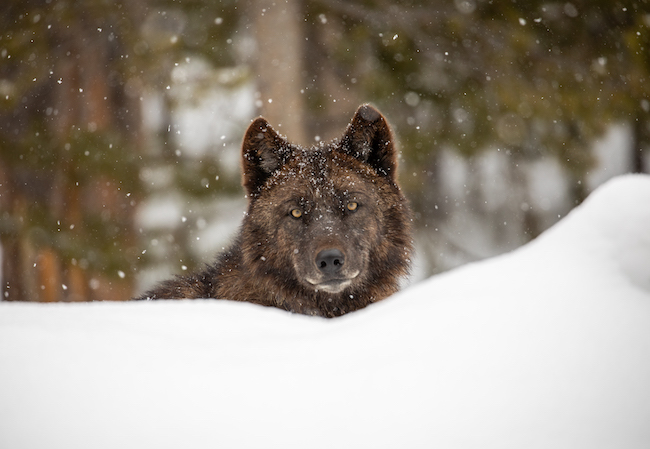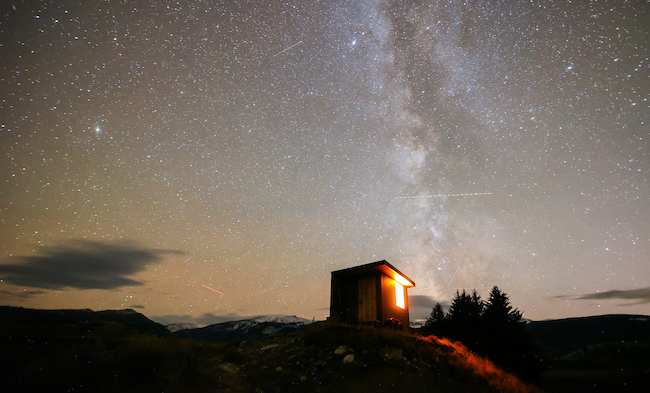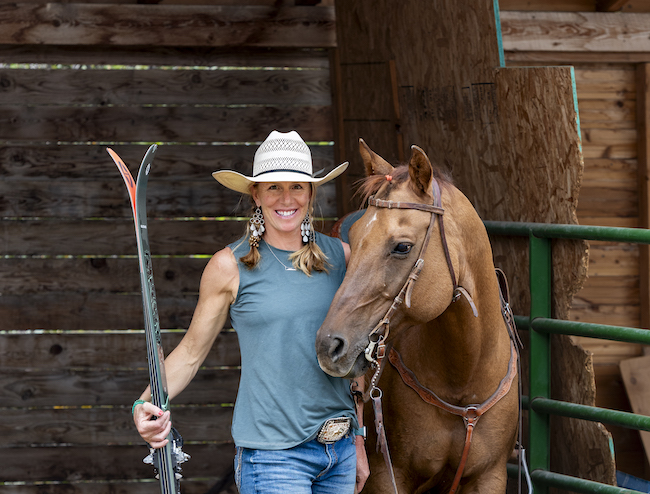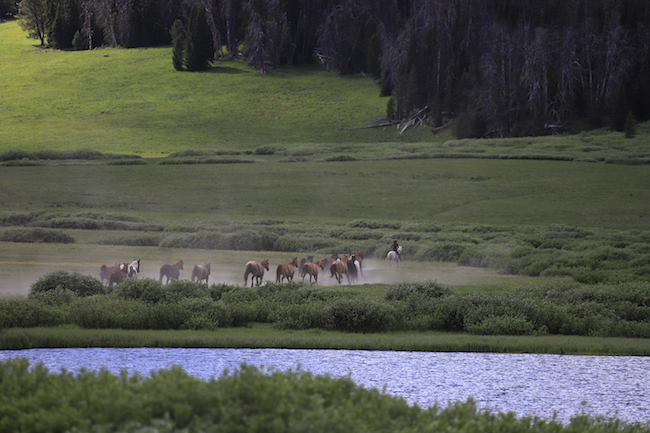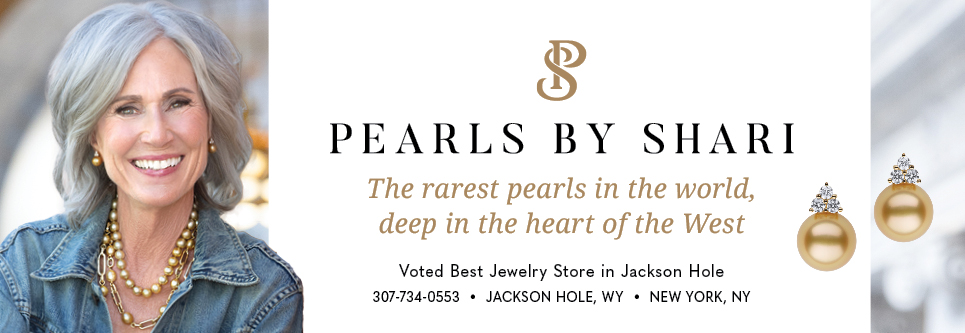Sheila Walsh Reddy breaks the mold in athletics, conservation and mentorship in Jackson Hole
08 Jan 2024
Moving mountains
Winter/Spring 23-24
Written By: Brigid Mander | Images: Chris Figenshau
When Dr. Sheila Walsh Reddy embarked on a short trip to Jackson in the winter of 2020, she wasn’t looking for anything other than a pleasant getaway into the mountains with her family. But, a seemingly simple cross-country ski outing underneath the peaks in Grand Teton National Park with her then 3-month-old daughter strapped to her chest had big implications.
“That was the moment I knew I wanted us to be here, amongst all of this big nature,” Sheila says. In early 2021, Sheila, her husband, and their now 4-year-old daughter made the leap and purchased a home in Teton County. Since then, she has wasted no time in immersing herself into both the natural and human elements of the area, mainly as a dedicated climber and backcountry skier, conservationist and champion for women in the mountains through the Teton Climbers Coalition.
For Sheila, time playing outside is more than just recreation. It’s an enriching, motivating connection with nature and her own capabilities which fuels both her professional career in conservation and family time, and inspires her to help other people as she was helped. “In my early climbing days, I received a ‘Live Your Dream’ grant from the American Alpine Club, and I realized first-hand how climbing and climbing groups can be influential in changing people’s lives.”
The family still spends part of the year in Durham, North Carolina, where her husband works in biomedical science research and where Sheila has an office as senior director of conservation impact for The Nature Conservancy on a global scale. But a direct connection to the outdoors was still missing. “We wanted to get back to the mountains – my husband and I met skiing in Tahoe, California,” she said.
Given the track of Sheila’s career, the irresistible pull of the outdoors in the Tetons makes it — in hindsight — seem like a no-brainer. As a scientist with a PhD in marine biology and research in economics and ecology, her profession is built on a deep understanding of the connection between the health of ecosystems and sustainable economic development. At work, she oversees and tracks the impact of The Nature Conservancy programs as they work to address the biodiversity and climate crises globally.
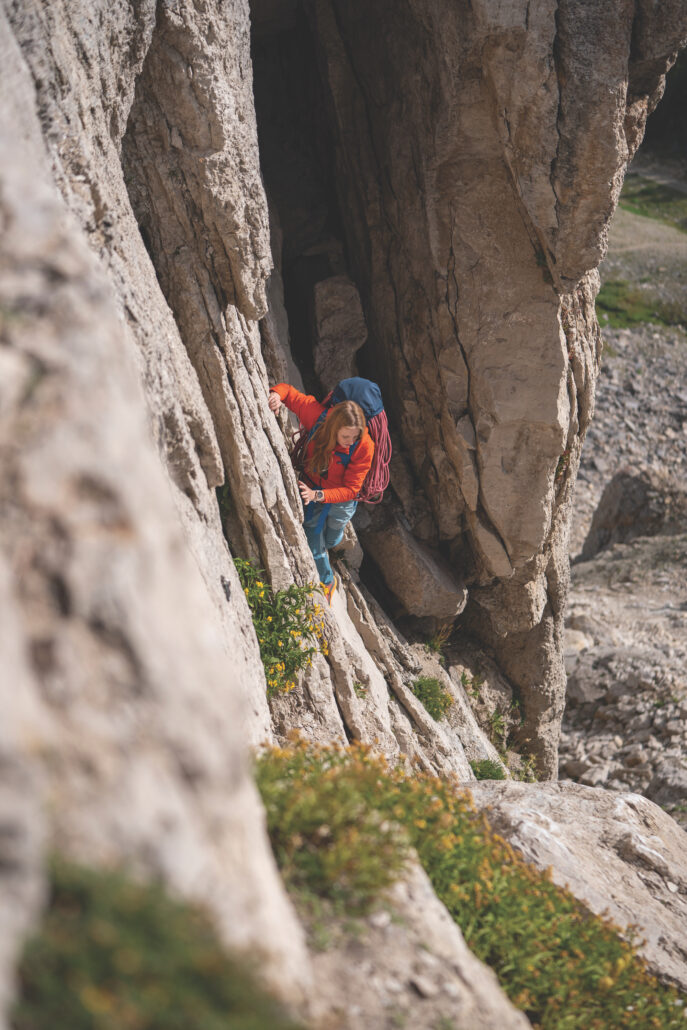
As a driven athlete in her personal life, she’s also passionate about immersing herself and connecting to the outside realm as a climber, a backcountry skier and on water. Since she’s arrived in the Tetons, Sheila has jumped at every opportunity to provide more visibility, support and connections for women, chances to test themselves, to lead in the mountains, and to redefine for themselves what they are capable of mentally and physically on and off the mountain.
We asked her a few questions on how the natural world of the Tetons and the Greater Yellowstone Ecosystem speaks to her, and how it inspires her to keep pushing forward in her career as a leader and a modern-day renaissance woman in science, conservation, art and as an athlete.
How does the Greater Yellowstone Ecosystem give you a greater connection and drive in your professional life?
The Greater Yellowstone Ecosystem is a massive symbol of conservation; the history of this place is so inspiring (in protecting nature). Today, around the world we have challenges to climate and biodiversity, and countries around the world have pledged to protect 30 percent of lands and waters by 2030. The creation of Yellowstone National Park was just the beginning, and it’s more complex today, but it’s an inspiring reminder of what we can achieve.
You work in conservation on a global scale — how does Teton County stack up?

The places people like to live are also important for wildlife. So there’s a lot to balance. It’s true, for example, that most of the county is public lands but research has shown that private lands are also important for wildlife, for instance as areas for migration. Even here (in the Greater Yellowstone Ecosystem) we have opportunities for improvement, like improving the maintenance of septic systems as part of improving water quality and making residential living and transportation areas more compatible with wildlife. The exciting thing is that many of these improvements are happening already thanks to community efforts.
From a position of leadership, how can we create and motivate more conservation-minded people?
There is a sense of pride in protecting nature. Being a steward of the natural world is part of having a special connection to place. There is a strong connection to place and stewardship ethic in the community, so there is an opportunity for a renewed and broader movement. With all the community support and resources we have here, why shouldn’t we set the example? We can begin by seeing our problems as opportunities. The issues are hard and complex, but conservation work doesn’t have to be a tradeoff. We can seek solutions that recognize the interconnection between conservation and other issues, and set an example of what it means to be a modern steward.
Although new to the local climbing community, can you describe how you jumped in and made a difference so far?
I joined the Teton Climber’s Coalition, and was asked to be on the board in 2022. With the coalition, I organized a celebration of the centennial of 1923’s first (known) all-female ascent of the Grand Teton. Mentorship is so important for women, and the centennial was a great opportunity to promote women, and to provide a feeling of belonging in the mountains and in climbing, and inspire others to get out there.
How can climbing fit into helping other women achieve positions of leadership and strength?
Climbing and pushing oneself in the mountains gives such a sense of accomplishment. It’s something you bring back to professional life, and especially for women. When you know you can make good decisions under pressure in the mountains, you transfer that confidence into making hard decisions and being a leader in the professional world, too.
As a mother, what are your hopes for the example you’re setting for your daughter?
We didn’t want to wait any longer on getting here, because we wanted our daughter to have experiences we wished we had as kids. We have noticed an impact: she talks about moose and elk on a regular basis. Being here is giving her more first-hand exposure to the issues I work on — climate and forest fire management, for example — and prompting her to ask hard questions about these issues. And now she loves to ski — she recently told us that she had a dream about skiing.
